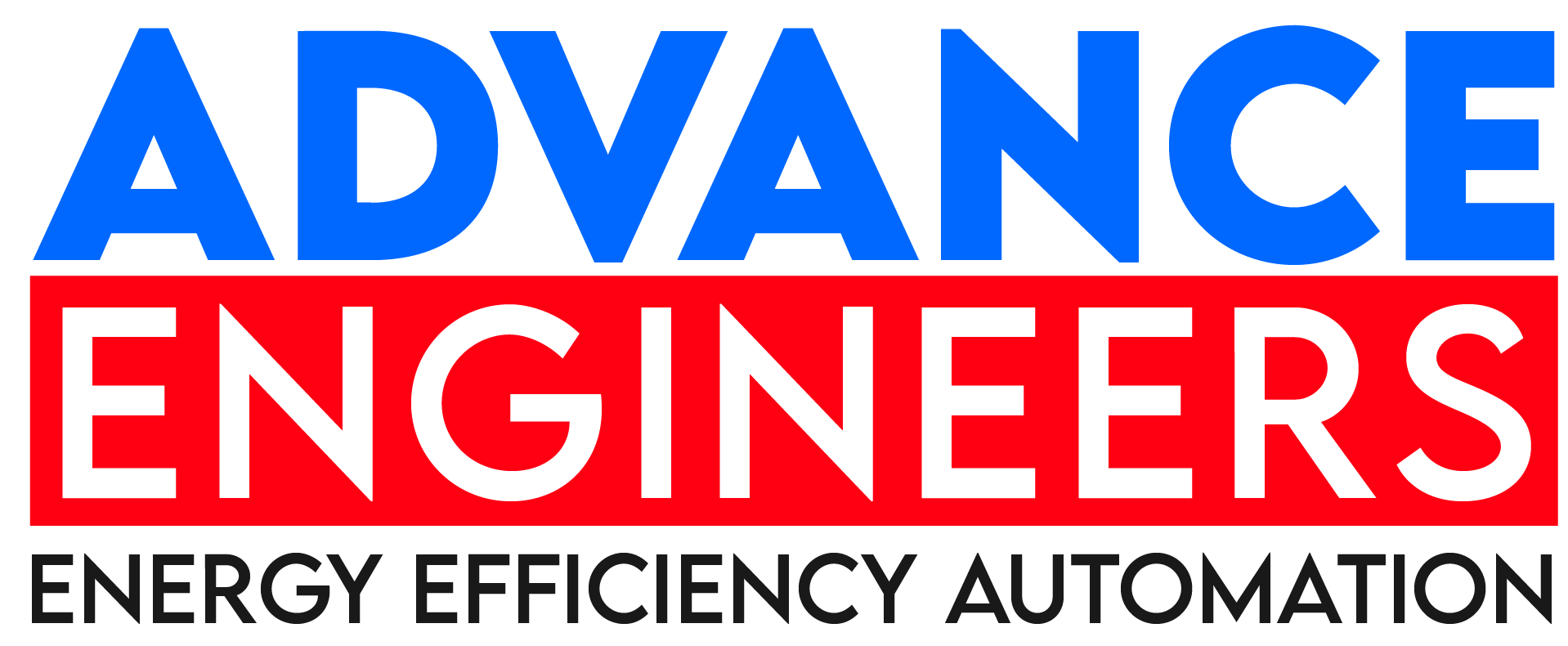CLAMP ON FLOW METER A CUTTING TECHNOLOGY OF FUTURE – Building Management System
Building management and maintenance, particularly with a keen focus on enhancing efficiency while simultaneously reducing energy consumption and carbon emissions, has emerged as a critical and highly relevant topic in today’s contemporary world. As the global community becomes increasingly aware of environmental issues and the pressing need for sustainable practices, the importance of effective building management systems cannot be overstated. These systems not only contribute to the operational efficiency of facilities but also play a significant role in minimizing the ecological footprint of buildings, which are major consumers of energy and resources.One of the most innovative tools in this realm is the ultrasonic clamp-on flowmeter. These advanced devices are instrumental in promoting both water and energy savings by providing precise monitoring of flows and thermal energy consumption within a building’s pipe network. What sets ultrasonic flowmeters apart is their non-intrusive design, which allows them to operate without interrupting the flow processes. This feature is particularly advantageous for facilities that require constant operation, as it means that the meter can be installed without the need for any shutdowns or interruptions to the utilities. This aspect makes ultrasonic flowmeters the preferred choice for a wide range of clients, including those in essential services such as hospitals, data centers, and commercial establishments that operate around the clock, 24 hours a day, 7 days a week.A well-designed building management system (BMS) effectively deploys flow meters to measure various critical parameters that contribute to overall efficiency. Specifically, these flow meters are utilized to monitor:a) The volume of water entering the facility, which is essential for managing water resources and ensuring that consumption is kept within sustainable limits.b) The airflow being circulated through ducts and vented from buildings, which is crucial for maintaining indoor air quality and optimizing heating, ventilation, and air conditioning (HVAC) systems.c) The gas feed utilized for generating electricity, allowing for better tracking of energy sources and their consumption, which is vital for minimizing costs and managing energy efficiency.d) The hot and cold-water loops, which are integral to various building systems, including heating and cooling, ensuring that energy is used effectively and waste is minimized.The comprehensive measurement of flow rates, in conjunction with temperature readings and power consumption data, empowers building managers to optimize utility usage. This integration of data not only aids in reducing operational costs but also significantly contributes to lowering pollution levels associated with energy production and consumption. By leveraging these technologies and practices, facilities can achieve a more sustainable operational model, aligning with global efforts to combat climate change and promote environmental stewardship.

Advance Engineers, a pioneering process automation company, specializes in delivering innovative solutions in the fields of Instrumentation, Automation, and Fire Safety. With a commitment to excellence and a focus on cutting-edge technology, we empower industries to streamline operations, enhance safety, and achieve optimal efficiency. Our expert team is dedicated to providing tailored solutions that meet the unique needs of each client, ensuring seamless integration and reliable performance. To learn more about how we can elevate your operations, reach out to us today via WhatsApp or Email
